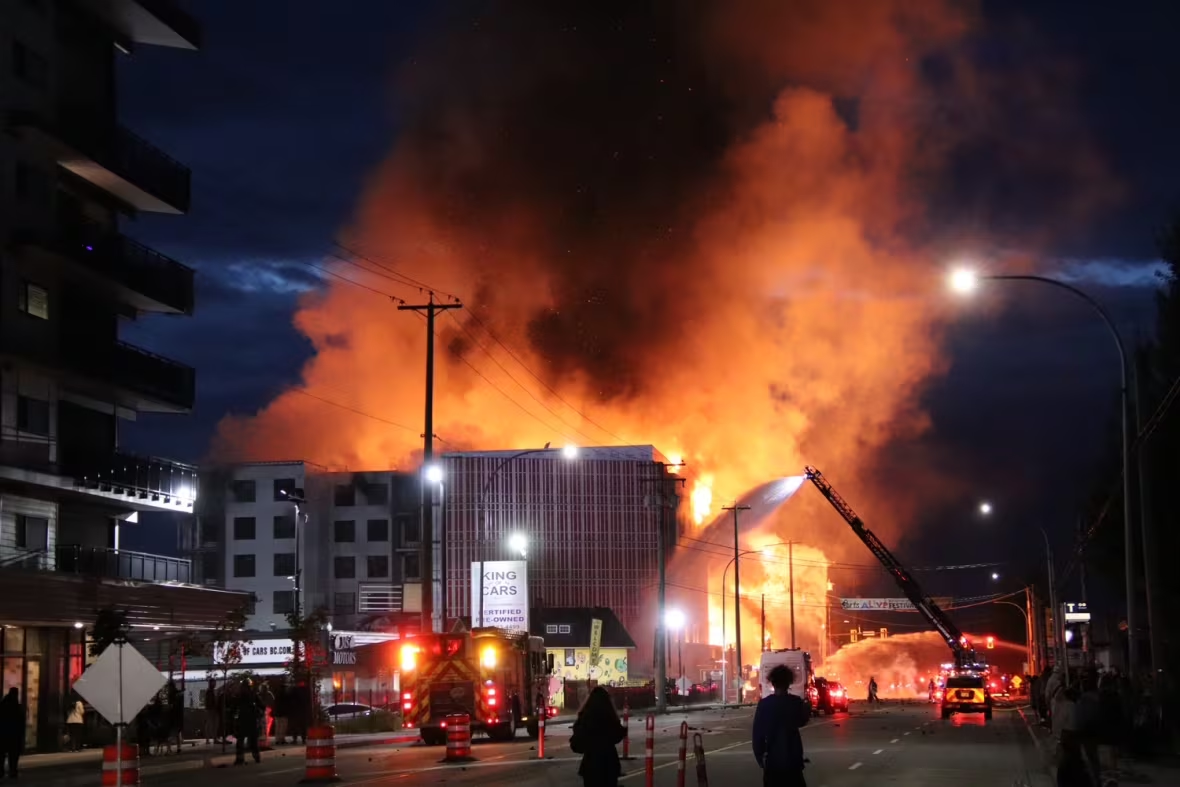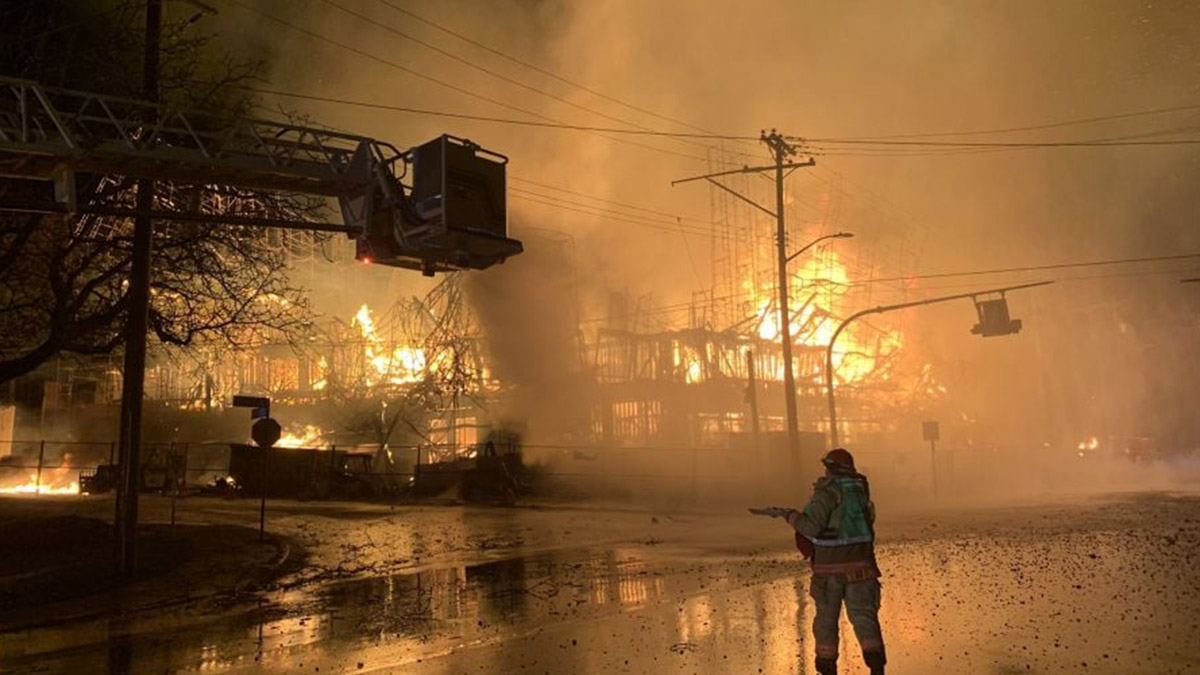A recent fire in Langley, BC completely destroyed a wood-frame condominium that was still under construction. This event has once again raised questions about the vulnerability of combustible materials during the building process.
At the same time, the price of lumber continues to rise. According to Random Lengths, the cost per thousand board feet recently hit $1,048 — an all-time high and a 193% increase from the previous year.
In response to these challenges, more developers and property owners are exploring non-combustible building systems.
Light-weight Building Systems Inc. offers a cost-competitive structural solution using steel and concrete. Compared to combustible materials, steel structures provide:
- Superior fire resistance
- Longer lifespan
- Fewer long-term maintenance issues
- Potential savings on insurance
Steel is classified as a non-combustible material by building codes. It does not contribute to fire growth, smoke production, or toxic gases, and remains non-combustible throughout the building’s entire lifecycle — from construction to future renovations.
As we continue to evaluate material choices for safer, more resilient buildings, the benefits of steel framing are becoming harder to ignore.



